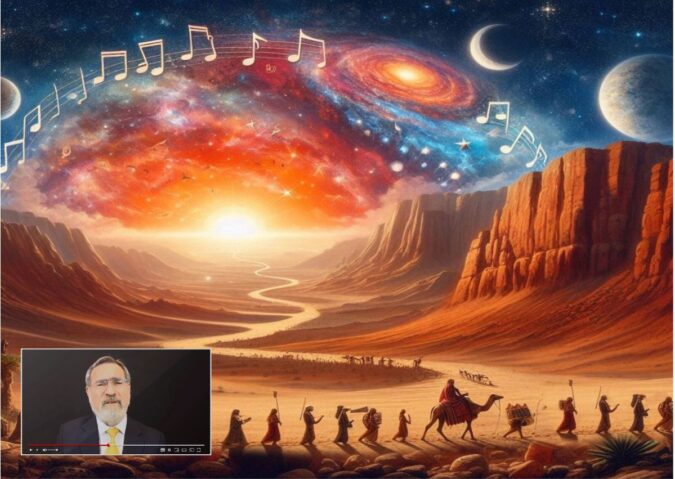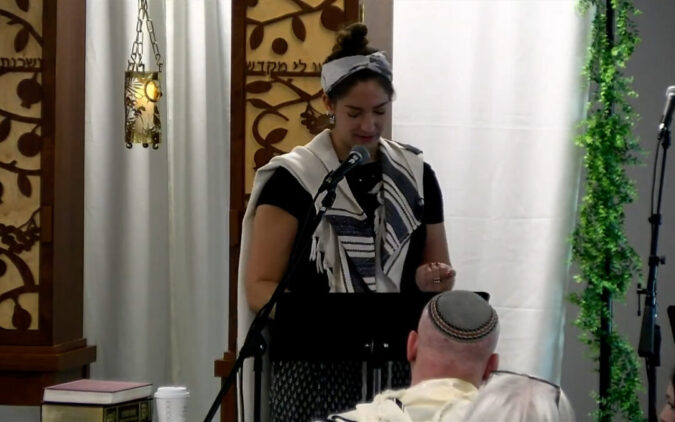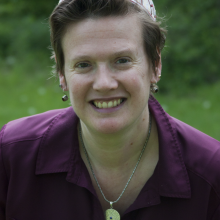Rabbi Jonathan Sacks, z/l: Bamidbar Liminal Space
Rabbi Sacks observes that Israel’s formative experience was in the desert; namely, that an ideal society is one in which everyone has equal dignity under the sovereignty of God. He cites the anthropologist Arnold Van Gennep who applied the term “liminal”, or threshold, the describe the state of transition between the old and new, in other words, the space between Egypt and the Promised Land. In the desert, Israel is reborn from a group of slaves to a kingdom of priests and a holy nation










